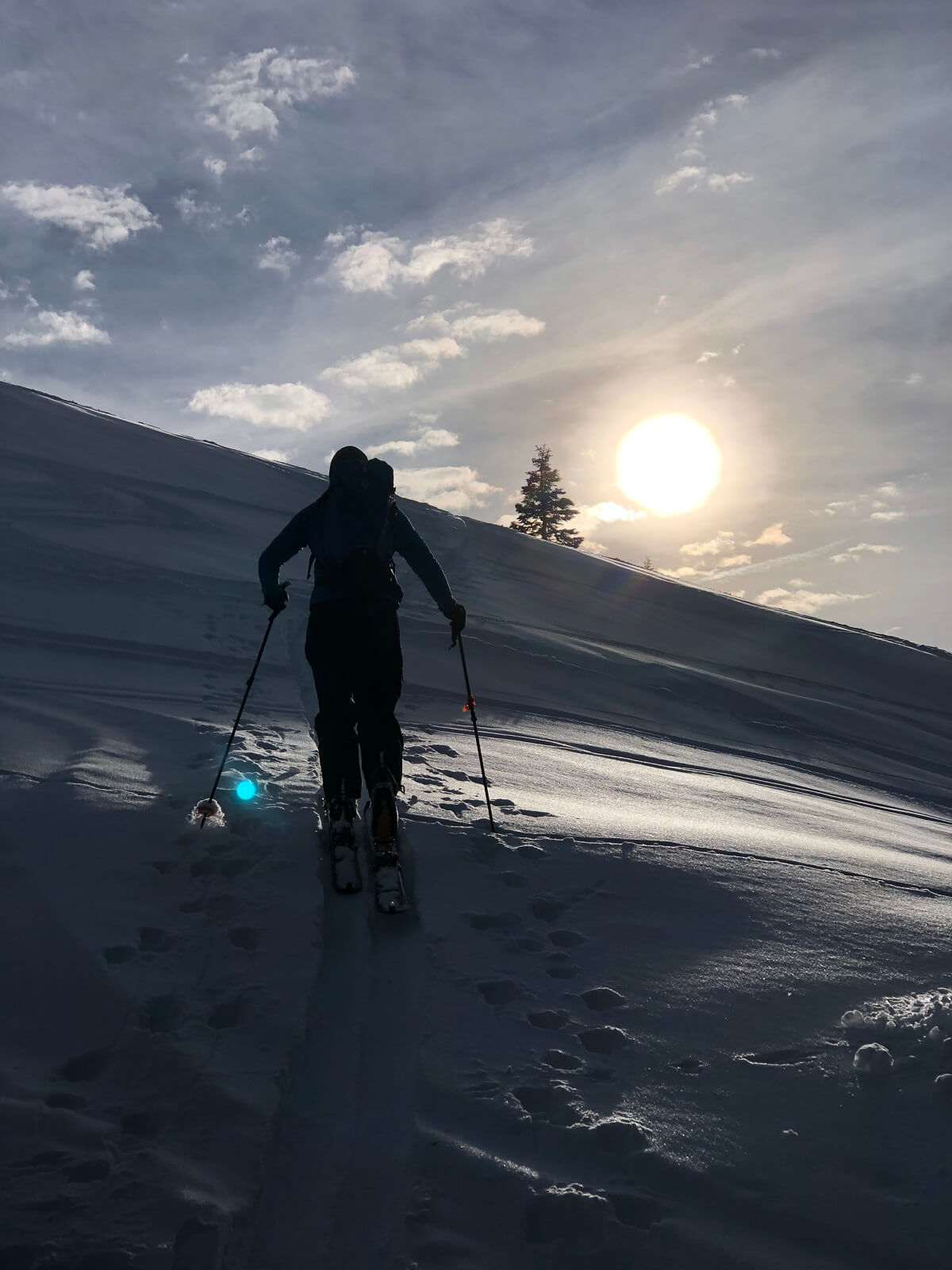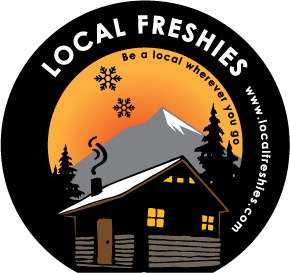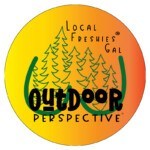By far the most important thing you can do as a beginner backcountry skiing is to start yourself on the path of learning. Tools such as a beacon, shovel , probe, and avalanche bag are important when things go wrong but avoiding an avalanche is the most effective way to stay safe. To do this, we recommend enrolling yourself in an AIARE Level 1 Avalanche certification. The certification consists of a three day, twenty four hour course. The goal is simple. To teach you the basics on how to travel in the backcountry safely so that you come home to ride again. And if you aren’t that lucky, then it gives you the tools on how to deal with someone getting caught in a slide if it occurs.
My Journey Into Backcountry Adventure And Splitboarding
Let’s back up a little before we talk about avalanche education. Beginner backcountry skiing started for me roughly 5 years ago. It had been coming down pretty good in Tahoe that year. Like many before me, the itch for bottomless powder was what I was trying to scratch. After our adventure up to Baldface and riding bottom-less powder for four straight days, just riding resort snow wasn’t good enough anymore. Sure, it was fun but I needed more. After doing our research and reaching out to our local shop, we finally pulled the trigger and invested in the gear. The question was how do we get out there and enjoy it? Luckily, our good friend had some backcountry knowledge and volunteered to be our mentor for our first trip out. To read about our first ever beginner backcountry skiing experience, go here:
Where My Learning Began
After our first adventure of earning our turns and being exposed to just how REAL backcountry safety can be up at Baldface, we felt out of our element. The question was why? Jaime and I realized it was because we put OUR lives into someone else’s hands. As Sun Tzu said, “If you know the enemy and know yourself, you need not fear the result of a hundred battles.” And so our path to get educated on traveling safely in the backcountry began.
So, AIARE. What’s AIARE?

When it comes to backcountry education, the gold standard in the United States is A.I.A.R.E. Short and sweet, it stands for American Institute for Avalanche Research and Education. While they don’t teach the normal recreationalist directly, they’re a non-profit that creates the curriculum that Providers must follow. They also train instructors and teach professional classes. This established and proven curriculum continues to evolve yearly to make sure each of the avalanche education classes provide the best training all over the country. For a full download on what’s the difference between snowsports organizations and more, check out our California Avalanche Workshop recap:
2018 California Avalanche Workshop Recap – Shame & Embarrassment
Why Is Avalanche Training A Good Idea & What’s The Big Deal With Avalanches?
When we ski or ride a resort, we go there with a sense of security. There’s no worrying (typically) about the snow except for how and where we’re going to ride. Thanks to ski patrol, we don’t have to worry about a slide for the most part. Avalanches do happen inbounds, but they’re rare. In the backcountry though, it’s a whole different story. We’re the only ones making sure where we go and what we ride is safe. It’s risky and the consequences are high. Education is the key.
Where Can I Go To Learn About Avalanche Training?

There are many locations that provide the certification across the country. In fact, the list is really exhaustive. From ski resorts to community colleges to private outfits, each and everyone of them provides something special or unique. After speaking to a few people, the list was whittled down to a few of our favorites:
Lake Tahoe Community College
The advantages to this course is the fact that it’s incredibly affordable and taught through the college. Since we live in South Lake Tahoe, it’s a tempting option.
Expedition: Kirkwood
A bit more expensive than LTCC, the idea of getting AIARE training near one of our favorite resorts was also very tempting. From what we’ve heard, it’s a one-of-a kind experience.
Tahoe Mountain School
A few of our friends have taken the avalanche courses at the Tahoe Mountain School (TMS). If you’re near Truckee, it’s a great option and run by Steve Reynaud. Steve works as a ski guide and as a professional field observer for the Sierra Avalanche Center (SAC). His job with the SAC takes him out in the field where he collects data and information that goes into the daily avalanche bulletins that serve the greater Tahoe/Truckee region. They offer not only avy training, but also:
- Wilderness First Aid (WFA)
- Wilderness First Responder (WFR) and
- Backcountry guides
Outdoor Adventure Club

After meeting Richard Bothwell and hearing about his refreshing course approach, it was exactly what we were looking for. Instead of just going to “school” during the day and heading home, his course has you spend the ENTIRE weekend in a house away from it all. This meant even after the course was done for the day, you were allowed to talk to your instructor even more about avalanche training. Even though Outdoor Adventure Club was the most expensive, it was a no brainer. Staying away from our daily distractions combined with the smallest class size possible, it was exactly what we needed.
What does the Avy 1 Course entail?
The focus of this course is to immerse you into staying safe in the backcountry. Each day begins with a classroom portion followed by a “hands-on” segment in the field. As it was explained, avalanche courses are becoming more and more popular since the early 90’s. At that time, the equipment made a lot of advances allowing users to go further into the backcountry. With more and more individuals heading out into uncontrolled terrain, there has been a significant increase in avalanche incidents and deaths. For a closer look, check out the chart below. It shows the number of avalanche fatalities per year in the U.S. You can see the spike I referred to above.

Here are some shocking statistics most don’t know:
The two major causes of death for avalanche victims are:
-
Asphyxiation
-
Trauma
According to the American Avalanche Association, the split is 75% – 25% respectively. In trauma cases, death is caused by hitting a tree and other hard objects or going over a cliff. Asphyxiation occurs when snow completely buries the victim. There is air in the snowpack, but once you’re buried, you breathe and release heat in your breathe. That melts the snow around your face. In a short amount of time, this melted snow refreezes causing an ice bubble around your face. Oxygen can no longer get in. In burial situations, if recovery occurs within 15 minutes there is a survival rate of 90%. Obviously, the more time that passes, the lower the survival rate. If dug out after 30 minutes, it drops to 40%. Now you are starting to see why understanding and education is so important.
How do you protect yourself in the backcountry?
The course starts off by explaining different types of snow and the avalanches that occur from each. Then it’s followed by explaining what are terrain features, decision making and finishing off on group dynamics. This is one of the most import areas of focus during the course. The rationale behind this is as follows: When caught and buried in an avalanche, the average burial is 1 meter deep. This equates to roughly being covered by 1.5 tons of snow. Generally, a transceiver search takes 5 minutes, and then it takes 10 to 15 minutes for a person to move that much snow. Based on the numbers earlier, even when the rescue goes perfectly, time is of the essence. Therefore, avoidance is key! Understanding all the different factors that make mistakes happen (i.e. get caught in a slide), such as group dynamics, will help you avoid those perils and make sure you come home safely.
Heard enough? Ready to enroll in a course? Check out AIARE training for an avalanche workshop in your area.
If you’re thirsting for more, consider exploring our backcountry guide. It highlights things like how to get started, education & training, tips on staying safe, and gear reviews.









3 thoughts on “Heading Back To School – What You Need To Do As A Beginner Backcountry Skiing”